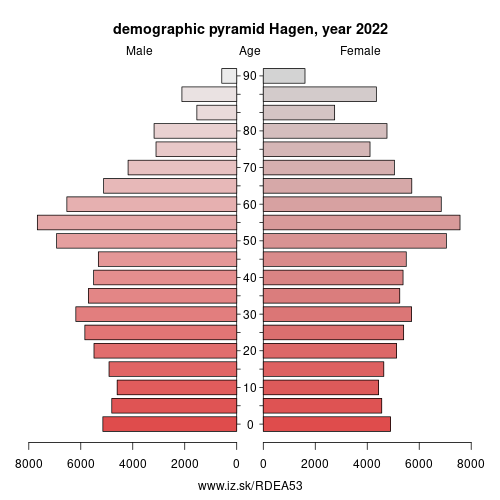- About us»
- Net income calculator»
- Population aging»
-
- Least developed regions»
-
- Average wage
- Material need benefits
- Meal allowance
- Counties of Slovakia
- Inflation
- Living and Subsistence Minimum
- Unemployment of Czechia and Slovakia
- NACE Classification
-
- Life expectancy
- Gender differences
- Youth unemployment and NEET
- Minimum wage in EU
- Unemployment rates of different age groups
- Share of salaries on GDP
- Employment rate
- Long term unemployment
- Unemployment rate
- Percentage of employees ususally working at nights
- NEET
-
- Bratislava and surroundings
- Kopanice
- Danube river
- lower Vah river
- middle Vár river
- upper Nitra river
- lower Nitra river
- Mining cities
- Kysuce a Orava
- upper Vah river - Liptov
- Spiš cities
- upper Hron river
- Juhoslovenská kotlina
- Košice fold and Torysa river
- upper Zemplín
- lower Zemplín
- EU regions
- NUTS3 regions of Slovakia
- LAU1 dataset
-
- Projects and activities
- Inclusive growth»
- Good work
- Project SKRS
- Social system – reality and vision
-
- Education of unemployed
- Young unemployed not taking part in education
- Proposal to change the system of education funding
- Library
- News»
- Contact
Hagen – DEA53
EU regions: Germany > North Rhine-Westphalia > Arnsberg Government Region > Hagen

| Indicator | Period | Value |
|---|---|---|
| Gross domestic product | ||
| GDP per capita in PPS of EU average | 2022 | 100 |
More on wikipedia wikidata Q2871 on OpenStreetMap Hagen slovensky: DEA53
Demographics
| Indicator | Period | Value |
|---|---|---|
| Demographics | ||
| number of inhabitants | 2024 | 190 640 |
| population density | 2023 | 1196.8 |
| old-age dependency ratio | 2024 | 33.7 |

From Wikipedia: Hagen (German pronunciation: [ˈhaːɡn̩] (listen)) is the 41st-largest city in Germany. The municipality is located in the state of North Rhine-Westphalia. It is located on the south eastern edge of the Ruhr area, 15 km south of Dortmund, where the rivers Lenne and Volme (met by the river Ennepe) meet the river Ruhr. As of 31 December 2010, the population was 188,529.
The city is home to the FernUniversität Hagen, which is the only state funded distance education university in Germany. Counting more than 67,000 students (March 2010), it is the largest university in Germany.History
Hagen was first mentioned around the year 1200, and is presumed to have been the name of a farm at the junction of the Volme and the Ennepe rivers. After the conquest of Burg Volmarstein in 1324, Hagen passed to the County of Mark. In 1614 it was awarded to the Margraviate of Brandenburg according to the Treaty of Xanten. In 1701 it became part of the Kingdom of Prussia.
After the defeat of Prussia in the Fourth Coalition, Hagen was incorporated into the Grand Duchy of Berg from 1807–13.
Other: Arnsberg Government Region, Märkischer Kreis, Kreis Olpe, Siegen-Wittgenstein, Soest, Dortmund, Hamm, Hochsauerlandkreis, Unna, Hagen, Herne, Ennepe-Ruhr-Kreis, Bochum
Neighbours: Märkischer Kreis, Ennepe-Ruhr-Kreis, Dortmund, Unna
Suggested citation: Michal Páleník: Europe and its regions in numbers - Hagen – DEA53, IZ Bratislava, retrieved from: https://www.iz.sk/PDEA53, ISBN: 978-80-970204-9-1, DOI:10.5281/zenodo.10200164

 Share
Share Facebook
Facebook Twitter
Twitter News
News